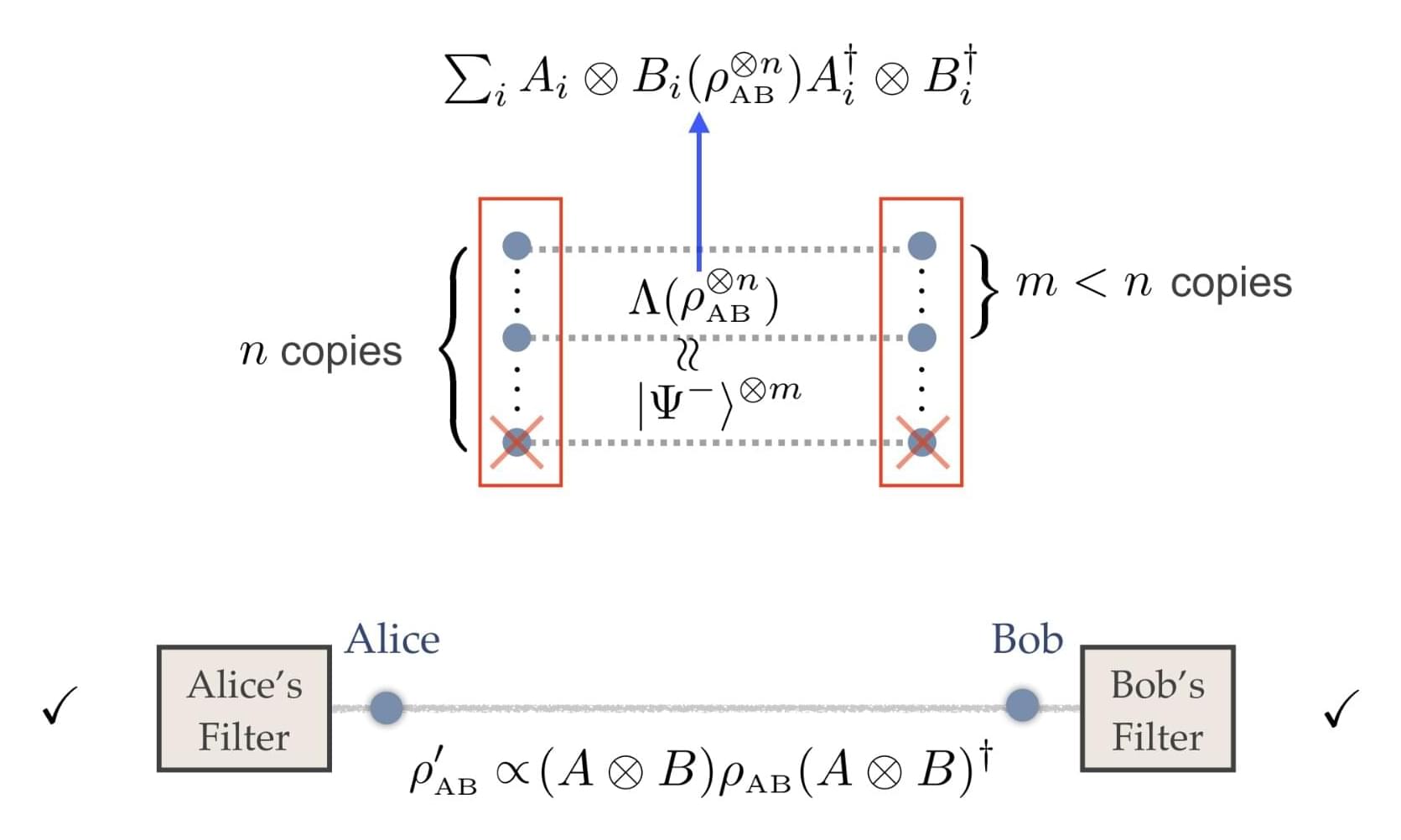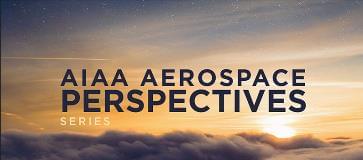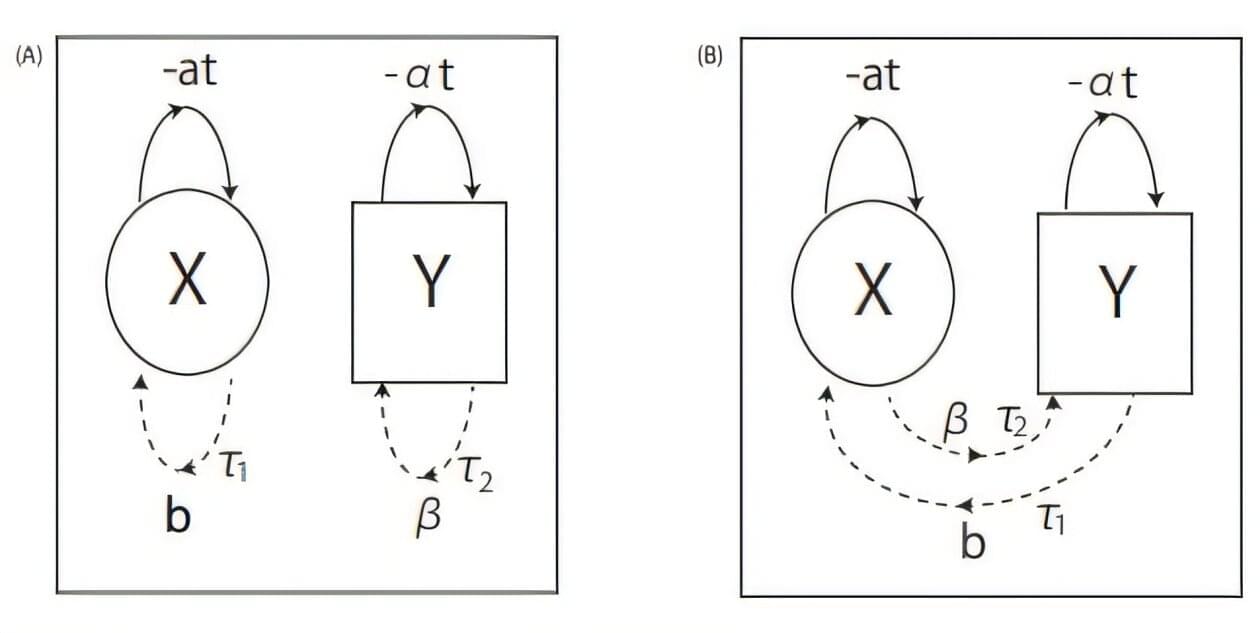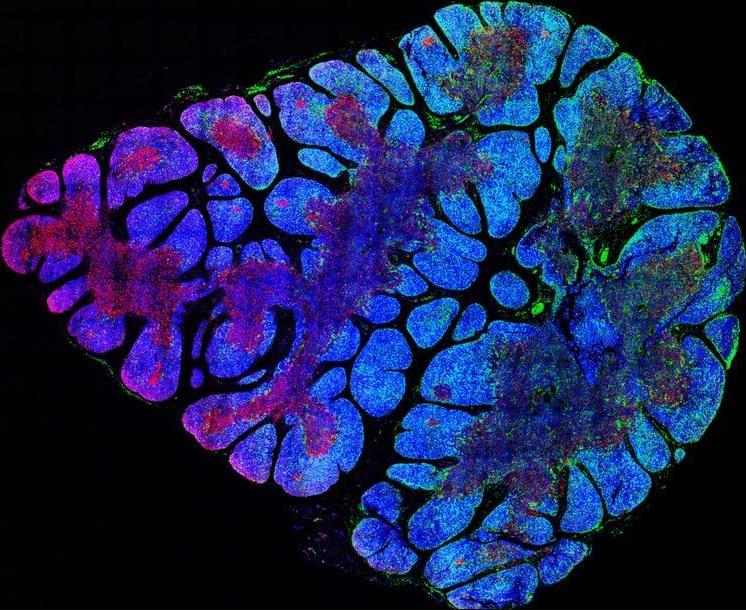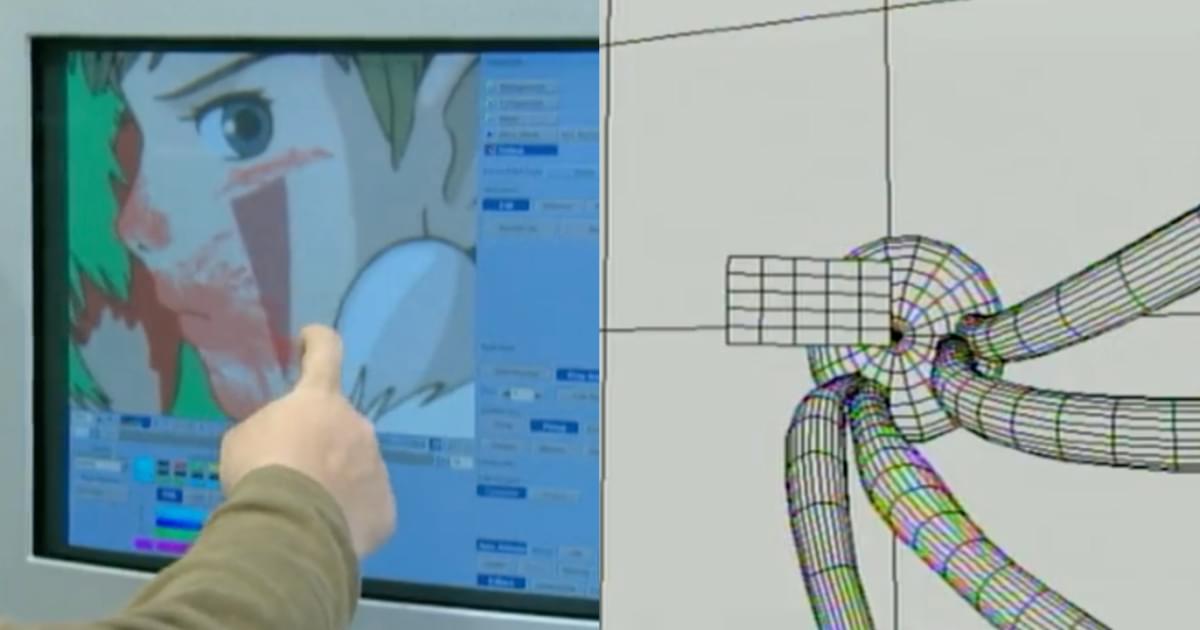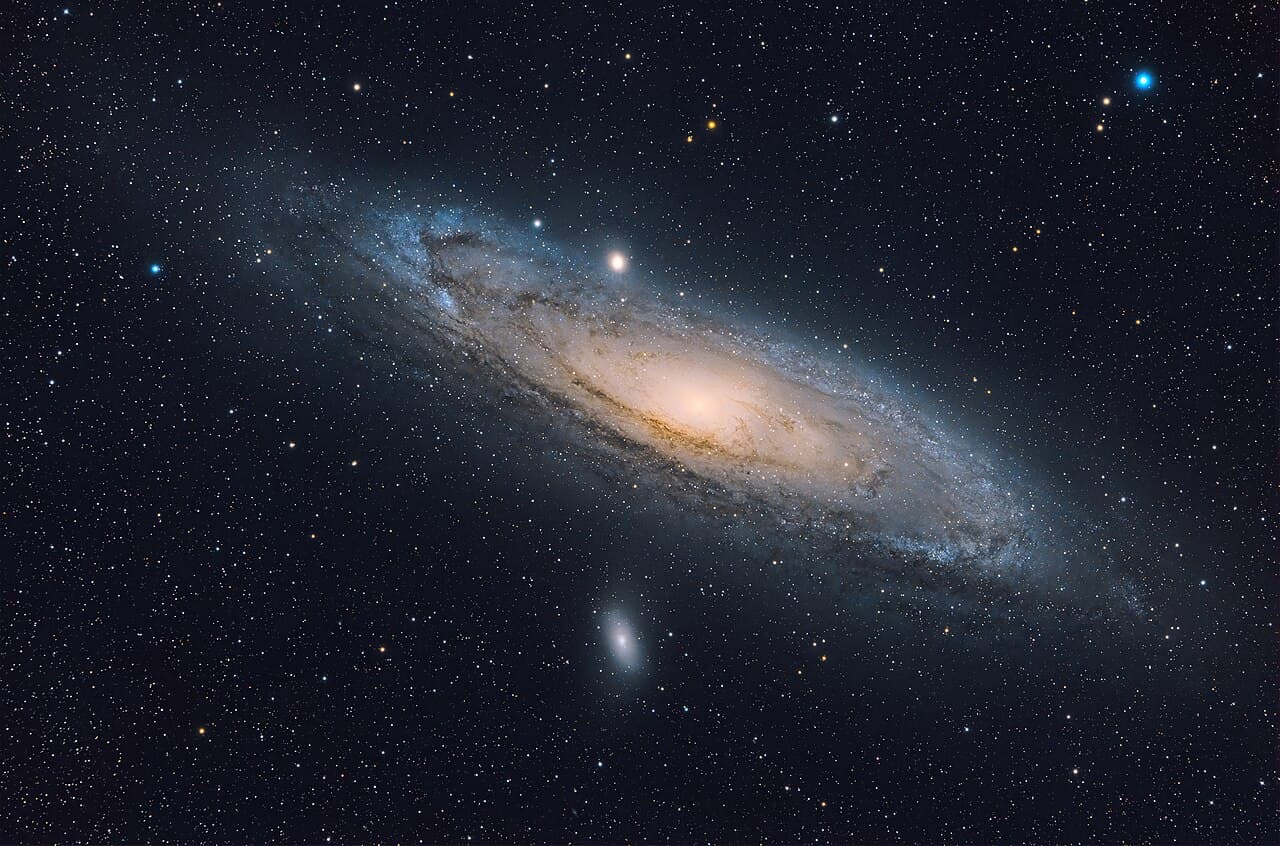The operation of quantum technologies relies on the reliable realization and control of quantum states, particularly entanglement. In the context of quantum physics, entanglement entails a connection between particles, whereby measuring one determines the result of measuring the other even when they are distant from each other, and in a way that defies any intuitive explanation.
A key challenge in the development of reliable quantum technologies is that entanglement is highly susceptible to noise (i.e., random interactions with the environment). These interactions with noise can adversely impact this desired quantum state of affairs and, in turn, reduce the performance of quantum technologies.
Researchers at Shandong University in China and National Cheng Kung University in Taiwan recently implemented a key step to experimentally recover hidden quantum correlations from higher-dimensional entangled states.
